News
-
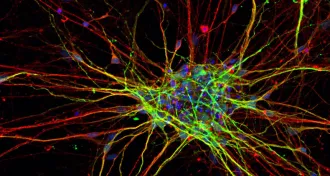 Neuroscience
NeuroscienceNerve cells from people with autism grow unusually big and fast
In some forms of autism, nerve cells develop faster than normal, possibly setting the stage for the disorder, a study finds.
-
 Animals
AnimalsPoison toilet paper reveals how termites help rainforests resist drought
Novel use of poisoned toilet paper rolls and teabags led to discovery that termites help tropical forests resist droughts.
By Yao-Hua Law -
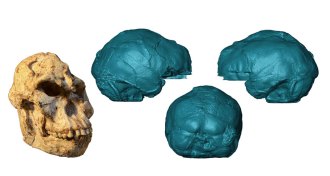 Anthropology
Anthropology‘Little Foot’ skeleton reveals a brain much like a chimp’s
An ancient skeleton dubbed Little Foot points to the piecemeal evolution of various humanlike traits in hominids, two studies suggest.
By Bruce Bower -
 Health & Medicine
Health & MedicineThis protein may help explain why some women with endometriosis are infertile
Infertile women with endometriosis have a reduced amount of a protein found to be important for establishing pregnancy in mice, a study finds.
-
 Health & Medicine
Health & MedicineA new app tracks breathing to detect an opioid overdose
A smartphone app called Second Chance could help save opioid users who shoot up alone.
-
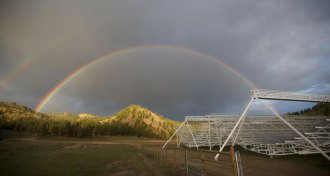 Cosmology
CosmologyA second repeating fast radio burst has been tracked to a distant galaxy
Astronomers have spotted a second repeating fast radio burst, and it looks a lot like the first.
-
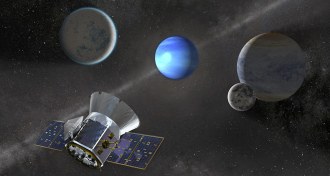 Astronomy
AstronomyLess than a year after launch, TESS is already finding bizarre worlds
The TESS exoplanet hunter has spotted eight confirmed worlds in its first four months, and several of them are really weird.
-
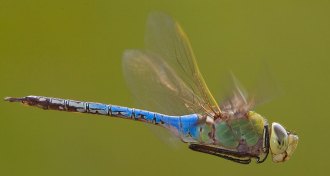 Animals
AnimalsGreen darner dragonflies migrate a bit like monarch butterflies
Some dragonflies do a north-south annual migration that takes at least three generations.
By Susan Milius -
 Environment
Environment4 ways to tackle ocean trash besides Ocean Cleanup’s broken system
Here are three approaches to reducing ocean pollution that might be more effective than a controversial plan to fish trash out of the Pacific.
-
 Environment
EnvironmentSatellites make mapping hot spots of ammonia pollution easier
There’s a more accurate way to estimate ammonia emissions.
-
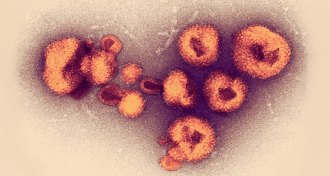 Health & Medicine
Health & MedicineDNA tests of Lassa virus mid-outbreak helped Nigeria target its response
New technology for analyzing genetic data quickly in the field guided how Nigeria dealt with an outbreak of Lassa fever in 2018.
-
 Agriculture
AgricultureA new way to genetically tweak photosynthesis boosts plant growth
A new chemical road map for a process called photorespiration in plant cells could reduce energy waste to increase plant productivity.